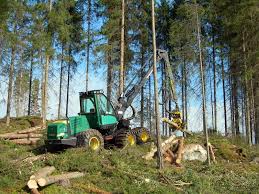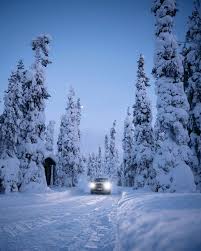Stamp: Forest Ride in the Snow in black (France 2011)
Forest Ride in the Snow in black (France 2011)
01 January (France ) within release MonTimbrEnLigne. Nature and Landscapes goes into circulation Stamp Forest Ride in the Snow in black face value 0.58 Euro
| Stamp Forest Ride in the Snow in black in catalogues | |
|---|---|
| Colnect codes: | Col: FR-TIM 2011-17b |
Stamp is square format.
Also in the issue MonTimbrEnLigne. Nature and Landscapes:
- Stamp - Tree in Autumn face value 0.58;
- Stamp - White Toadstools face value 0.58;
- Stamp - Earth 3 face value 0.95;
- Stamp - Chick just hatched from egg face value 0.58;
- Stamp - Forest Ride in the Snow in black face value 0.58;
- Stamp - Pink Maple Leaves face value 0.95;
- Stamp - Upland Meadow and Mountains face value 2.35;
- Stamp - Cherry Tree in black face value 0.58;
- Stamp - Hands holding large rosine coloured flower maybe a hibiscus face value 0.58;
- Stamp - Red Berries face value 0.60;
- Stamp - Cerise Primulas face value 58;
- Stamp - White Flowers 3 in black face value 0.58;
- Stamp - Green Forest face value 0.60;
|
Data entry completed
46%
|
|
|---|---|
| Stamp Forest Ride in the Snow in black in digits | |
| Country: | France |
| Date: | 2011-01-01 |
| Emission: | Personalized - Official |
| Format: | Stamp |
| Face Value: | 0.58 Euro |
Stamp Forest Ride in the Snow in black it reflects the thematic directions:
Forestry is the science and craft of creating, managing, planting, using, conserving and repairing forests and woodlands for associated resources for human and environmental benefits. Forestry is practiced in plantations and natural stands. The science of forestry has elements that belong to the biological, physical, social, political and managerial sciences. Forest management plays an essential role in the creation and modification of habitats and affects ecosystem services provisioning
A landscape is the visible features of an area of land, its landforms and how they integrate with natural or man-made features. A landscape includes the physical elements of geophysically defined landforms such as (ice-capped) mountains, hills, water bodies such as rivers, lakes, ponds and the sea, living elements of land cover including indigenous vegetation, human elements including different forms of land use, buildings and structures, and transitory elements such as lighting and weather conditions. Combining both their physical origins and the cultural overlay of human presence, often created over millennia, landscapes reflect a living synthesis of people and place that is vital to local and national identity. The character of a landscape helps define the self-image of the people who inhabit it and a sense of place that differentiates one region from other regions. It is the dynamic backdrop to people’s lives. Landscape can be as varied as farmland, a landscape park, or wilderness. The earth has a vast range of landscapes, including the icy landscapes of polar regions, mountainous landscapes, vast arid desert landscapes, islands and coastal landscapes, densely forested or wooded landscapes including past boreal forests and tropical rainforests, and agricultural landscapes of temperate and tropical regions.
Snow comprises individual ice crystals that grow while suspended in the atmosphere—usually within clouds—and then fall, accumulating on the ground where they undergo further changes. It consists of frozen crystalline water throughout its life cycle, starting when, under suitable conditions, the ice crystals form in the atmosphere, increase to millimeter size, precipitate and accumulate on surfaces, then metamorphose in place, and ultimately melt, slide or sublimate away.



